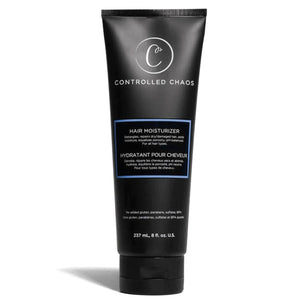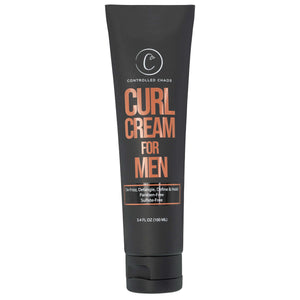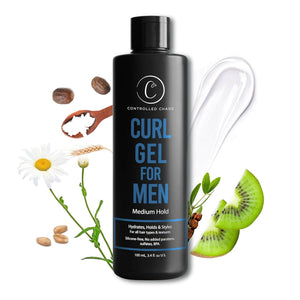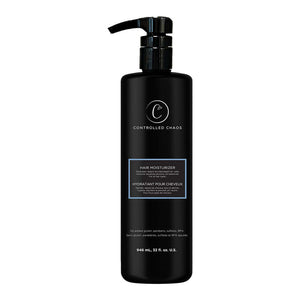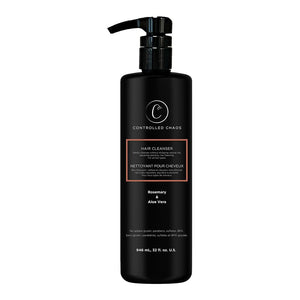

If you have curly hair (which you most likely do, since you’re reading this), chances are you’ve been a bit confused at least once in your life about the best products to enhance curls. Don’t worry; you can admit it. We won’t judge. (We’ve been there too!) If you love your curls enough to avoid camouflaging them with a straightener (flat iron or chemical), then we give you kudos!
You’re already a few steps ahead of some of the curly population. So, then, how do you determine the best curling products? Let’s focus on two big ones today: gel and cream. Both are becoming pretty common these days, but how do you know what each one will do and the differences?
Kidding. Well, you can probably do that, but even if she doesn’t mind, that doesn’t necessarily tell you what they will do on your hair individually. Everyone has their own unique hair type and preferences, but we can help you out a bit on the basics of curl cream vs. curl gel.
What is a Hair Curling Gel?
Gels, in general, have the main function of holding and setting the hair, and that goes for straight or curly hair. While all gels have the same basic purpose, they’re not all created equal. You probably know this if you’ve ever picked up the 99-cent special at the drugstore or grocery store.
Either you may get crispy hair that looks like it is still wet (think early-nineties permed look) or those lovely flakes that fall on your shoulders all day and make you panic and think you’ve suddenly developed dandruff.

Those inexpensive (ok, cheap) gels contain lots of alcohols and drying ingredients; let’s face it…there’s a reason why it costs 99 cents. Right? Right. When it comes to ingredients in hair gel, like everything else, you get what you pay for.
That’s not to say that there aren’t good quality, moisturizing hair gels out there with good ingredients, or that gels are bad for curly hair in general. Many curlies swear by a gel as the best product to define curls. However, you may want to be careful when using gel (aside from the ingredients).
Select a hair curling gel with moisturizing, botanical ingredients and apply it to your hair when it’s soaking wet, scrunching out the crunch when it’s completely dry.
Don’t follow the directions on the back that say to towel-dry hair first and then apply—otherwise you end up with that crispy look and feel that generally nobody wants. You know the scenario: you run into a friend who says, “I love your curls!” and she reaches up to touch them, only to be poked like a cactus needle by one or grimace when her hand gets tangled in the crispy-noodle mess.
What is a Hair Curling Cream?

On that note, let’s move on to creams! The best curl creams will never give you a crispy-noodle look or feel. Creams, in general, are all moisturizing, smoothing and defining, and are a bit more tailored for curly hair. They allow your hair to be moisturized from the inside out and won’t leave you with flakes or frizz.
Creams generally don’t provide quite as much hold as gels, so if you have very loose s-waves that slide out by the end of the day, you might consider layering a bit of both for definition, bounce, and hold. It is still recommended to apply creams to soaking wet hair for maximum curl definition.
When choosing a curl cream, you want to look for certain ingredients to avoid. Just like gels, curling creams are not all created equal, so you will want to skim over the ingredient list at least briefly before purchasing. T
he best thing to keep in mind is that creams are more closely related to conditioners than gels, but they still offer styling benefits in addition to the moisturizing properties.
Avoid applying curling cream near the roots of your hair, especially if you have trouble with your hair getting weighed down. For a balanced moisture/volume/hold look, try applying a curl cream to most of your hair and a lightweight gel (or a spray gel) to your roots!
Conclusion:
One other difference between the two is that even the most moisturizing gels probably won’t provide as much moisture as a hair curling cream will. Most gels are clear or translucent, and creams are whitish and—well, creamy. ‘Nuff said.
Want personalized curl styling advice and product recommendations? Take our curl quiz here.


